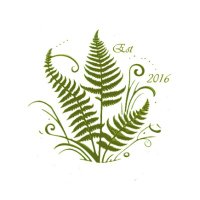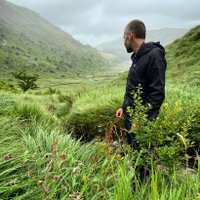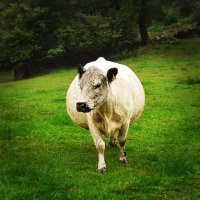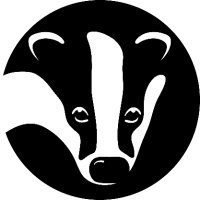
Wild Lakeland
@wildlakeland
Ecology | Botany | Conservation | Grasslands | Wetlands | Trees...
Capturing the Lake District through the changing seasons
enquiries: [email protected]
ID: 3903270916
https://www.wildlakeland.com 08-10-2015 22:01:36
8,8K Tweet
8,8K Followers
869 Following













Swallows and House Martins revelling in our newly dug farm pond, with the richly wooded slopes of Wild Haweswater in the background. Pure late summer joy.


















